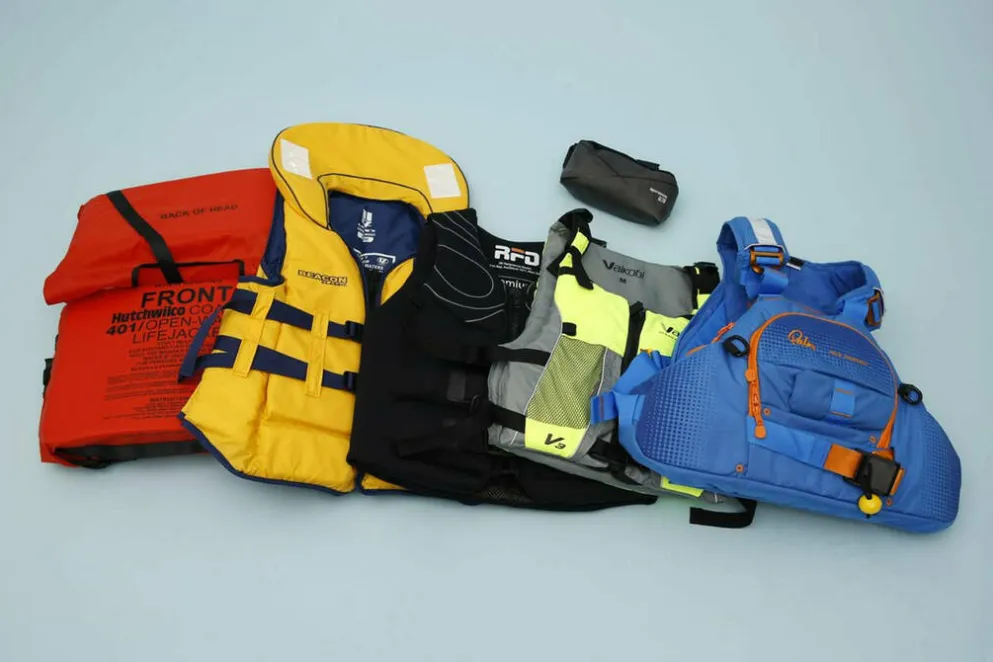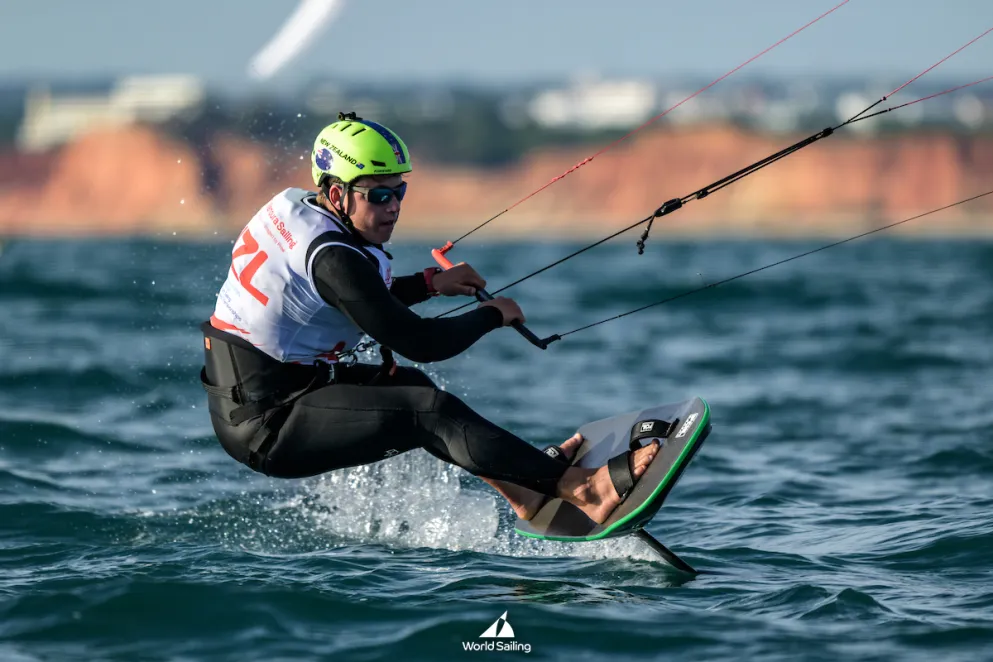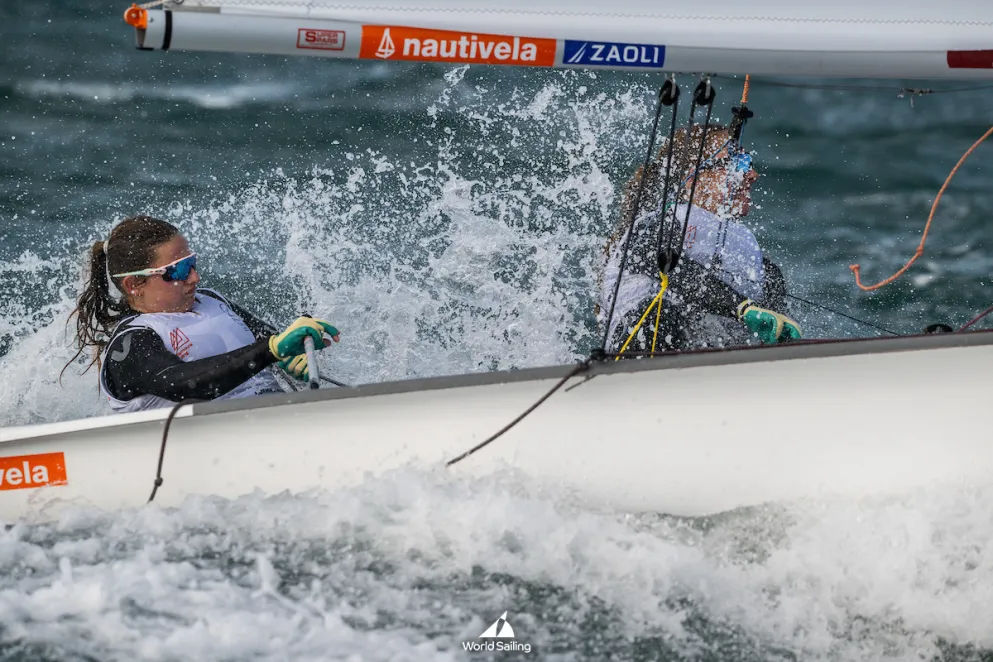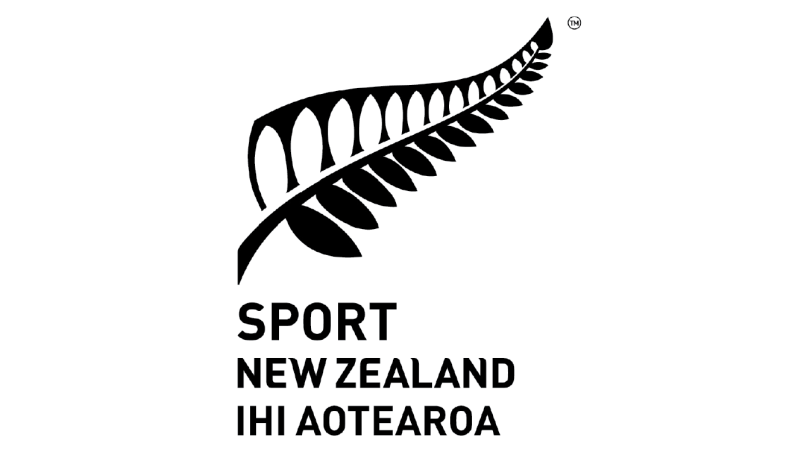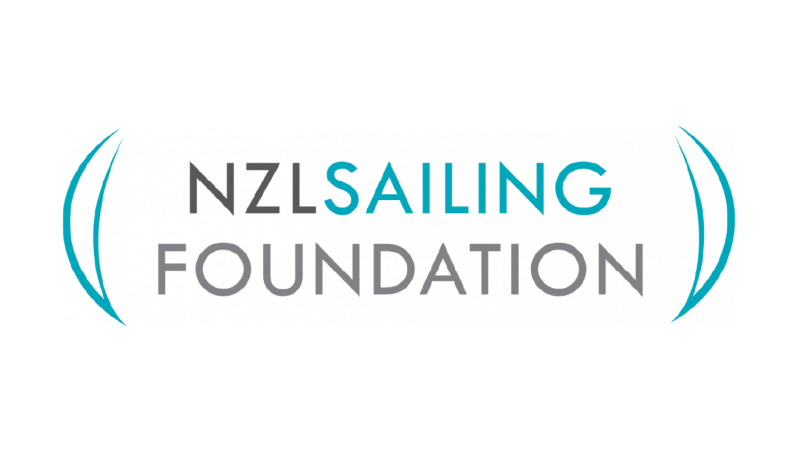Give the gift of life this Xmas - a lifejacket
Two weeks. Four deaths. A long, hot summer on the way.
The numbers highlight a dismal trend. Beyond the deaths over the past few weeks, Maritime NZ stats show 22 people died last year in incidents involving a variety of recreational marine craft.
Tragically, 10 of the dead were not wearing a lifejacket, despite having one available to them. And in the most recent research by Ipsos, more than a third of boaties said they did not wear lifejackets every time they went out on the water.
Now, with Christmas just around the corner, people have the opportunity to give the gift of life to friends and family hitting the water this summer.
Maritime NZ has joined forces with the NZ Search and Rescue Council and Safer Boating Forum to commission Consumer NZ to conduct rigorous, independent reviews of both lifejackets and beacons for people taking to the water and the bush. It has also interviewed a number of people whose lives were saved because of the vital safety equipment.
Those product reviews are now available online, with the magazine due out next month.
It should be essential reading for anyone looking to use a paddleboard, kayak, jetski, powerboat and other craft this summer, says Victoria Slade, Maritime NZ’s Harm Prevention Lead, Recreational Craft.
“People who wear lifejackets on the water are more likely to survive if something goes wrong,” she says. “Not wearing one is the leading risk factor for boating fatalities.”
That also meant picking the right lifejacket for the craft and conditions.
“Make sure you have the right life jacket for the activity you are planning. That means one suitable, fitted lifejacket for everyone on board, including children.”
Consumer’s test team assessed how easy and convenient each lifejacket was to put on, securely fasten and wear.
They looked at buoyancy ratings and body styles, as well as permanent safety features such as whistles, reflective elements, high-visibility colours, and lights. Each lifejacket was also checked for attachment points for an emergency beacon, and any pockets for storing equipment, food and water.
The reviews covered how easily and quickly inflatable lifejackets could be inflated, and whether they had any protection from accidental inflation. Consideration was given to the added difficulty of inflating the lifejackets and accessing features in cold and choppy waters.
“Choosing the right jacket for the activity is crucial,” says Dr Paul Smith, Consumer’s test manager.
“A lifejacket is no good if it’s impractical for what you’re doing. We urge consumers to ask salespeople to help them get the right product to meet their specific needs.”
Release from Consumer NZ
